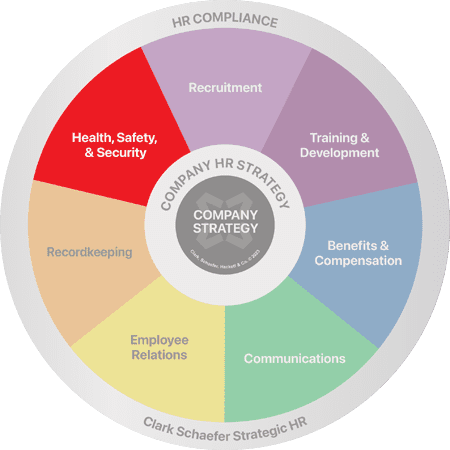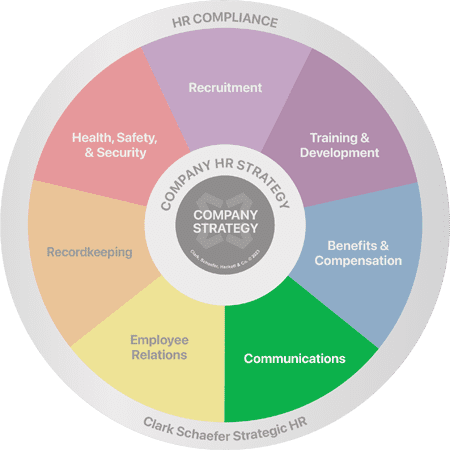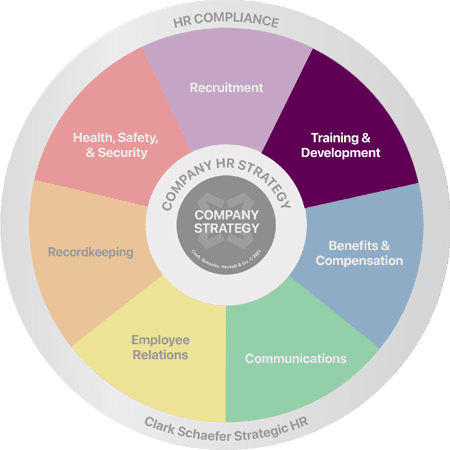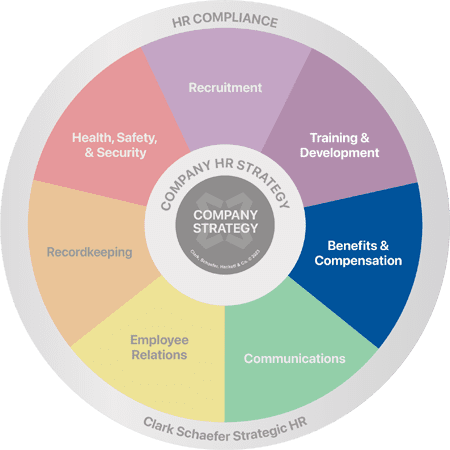How To Determine If A Home Office Injury Is Covered By Workers’ Compensation
Last Updated on October 11, 2022 / Health, Safety & Security
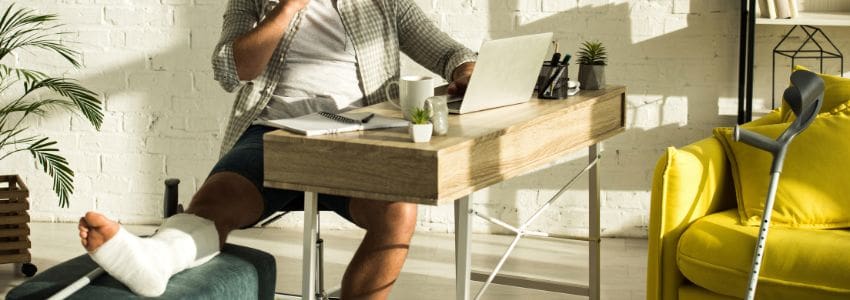
HR Question:
Our company has agreed to allow employees to work a hybrid schedule, allowing them to work from home on multiple days during the week. Although this has been very well received by employees, we have seen an increase in the number of injuries from employees working from home. How do I know if a home office injury is covered by workers’ compensation, and how do I handle these claims?
HR Answer:
The Bureau of Labor Statistics announced that in 2020, private industry employers reported 2.7 million nonfatal workplace injuries and illnesses. Although down from 2.8 million in 2019, workplace injuries are still an expensive and difficult issue for employers, and with the increase in the number of employees telecommuting and working from home or alternate locations, this task has some additional unique challenges.
What is a compensable injury under workers’ compensation?
In many instances, it is easy to determine if an injury is covered by workers’ compensation. The key words in determining coverage under workers’ compensation are: “arising out of (what they were doing) and in the course of (where were they – time, place, etc.) employment.” Cutting your finger opening a box at work is an easy example of a covered injury. Injuries from a home office are not always as easy to determine coverage. Overall, injuries and illnesses that occur while an employee is working at home are considered work-related (and thus compensable) if the illness or injury occurs while the employee is performing work for pay in the home or alternate workspace and the injury or illness is directly related to the performance of work. If the employee is completing a work task and they can prove they were working in the interest of their employer when they got hurt or injured, it is typically a covered event.
One important note is that employers must also consider the “personal comfort doctrine.” This legal term states that certain personal activities for the employee’s comfort (bathroom breaks, eating/drinking) are deemed necessary and are considered part of an employee’s work activity. According to the personal comfort doctrine, tripping over the dog and breaking your leg while walking to the bathroom at home during work hours could be covered under workers’ compensation. This doctrine, along with the overall lack of witnesses and the inability to control the work environment, can lead to frustration regarding workers’ compensation claims outside of the traditional workplace.
For additional support, OSHA provides instruction on compliance and guidance on interpreting the work-relatedness of injuries resulting from telecommuting.
What can employers do to protect your organization and your employees?
We recommend taking the following steps to establish expectations for safe remote work environments, as well as what to do if you receive an injury claim from a remote worker:
- Create a work-from-home policy that includes the requirement to maintain a professional, well-kept, and safe work environment. Include home safety audits.
- Require employees to report any work-related injuries or illness immediately to their manager or safety official.
- If an injury occurs, obtain a report of the accident and be sure to include a written statement from the employee. The report should include exactly what the person was doing at the time of the injury. How, when, and where the injury occurred should be detailed in the report. Cumulative injuries and slips, trips, and falls are the most commonly reported home injuries, therefore, getting these details is important.
- Ask the employee to take pictures of the work area where the injury occurred as well as of their injury, if possible.
- Provide all of the pertinent information to your workers’ compensation carrier or administrator, and let them make the assessment as to work-relatedness. Include legal counsel if necessary.
Overall, treat all workplace injuries the same, regardless of where they occurred. Claims must be actively managed from the time they are reported. Employee safety and health should be a priority for all employers, regardless of an employee’s work location. Actively managing these claims is one step in assuring their well-being and the well-being of the company.
Thank you to Patti Dunham, MBA, MA, SPHR, SHRM-SCP, Director of HR Solutions for contributing to this HR Question of the Week.
Strategic HR understands your concerns with the well-being of your employees as well as your organization. We offer expertise in health, safety, and security to cover any need you may have ranging from creating workplace safety policies to developing a business resumption plan for handling unexpected emergencies. Please visit our Health, Safety & Security page for more information.

